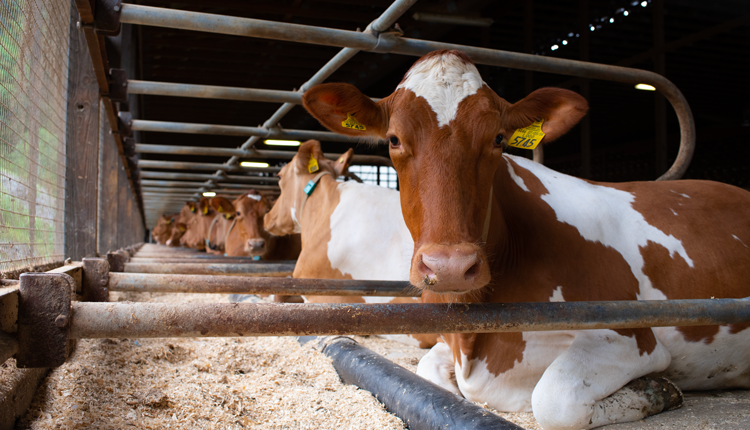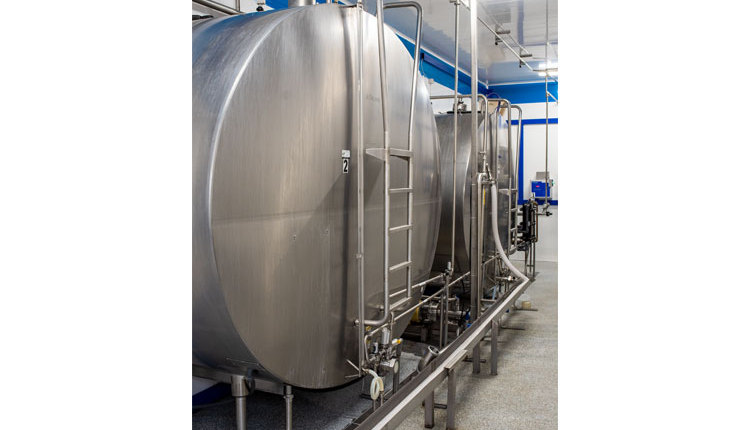Total farm business operating expenditures amounted to more than $187 billion in 2008, according to a recent report from USDA's Economic Research Service. Nearly half of those expenditures were spent locally. That's the message of an article on the report which appears in the June 2010 issue of the USDA publication Amber Waves.
ERS researchers recently summarized a study of how and where farmers spend their money which was conducted in 2004. There was no discussion of whether spending patterns might have changed in recent years.
The researchers examined purchasing patterns to determine the likely impact of farm spending on various types of local economies, from highly urban to totally rural.
Farmers were asked how far they travel to purchase most of their farm inputs and equipment.
They also were asked how far they were from the nearest town. The average was 8.3 miles, and the nearest city of more than 100,000 was an average of 24.2 miles away.
The study found that farm business expenditures were potentially much more important in rural counties than in urban counties. That difference is not too surprising, but the magnitude of the difference is noteworthy.
Farm expenditures per non-farm worker in a county, a measure of the relative importance of farming to a local economy, averaged about $4,500 in rural micropolitan counties (defined as counties containing an urban core with a population between 10,000 and 50,000). That amount was more than 100 times the $41 urban-metropolitan county average.
Furthermore, in the least urban counties, the relative importance of the farm sector was reduced where a significant share of residents commute to jobs outside of the county. Despite large differences in the relative importance of farming across county types, roughly half of all farm purchases were made locally.











